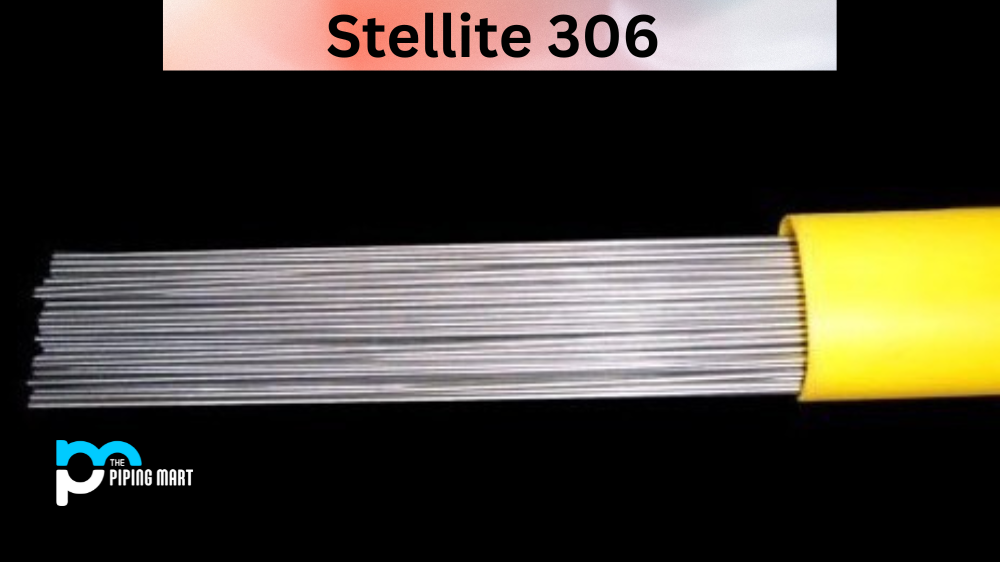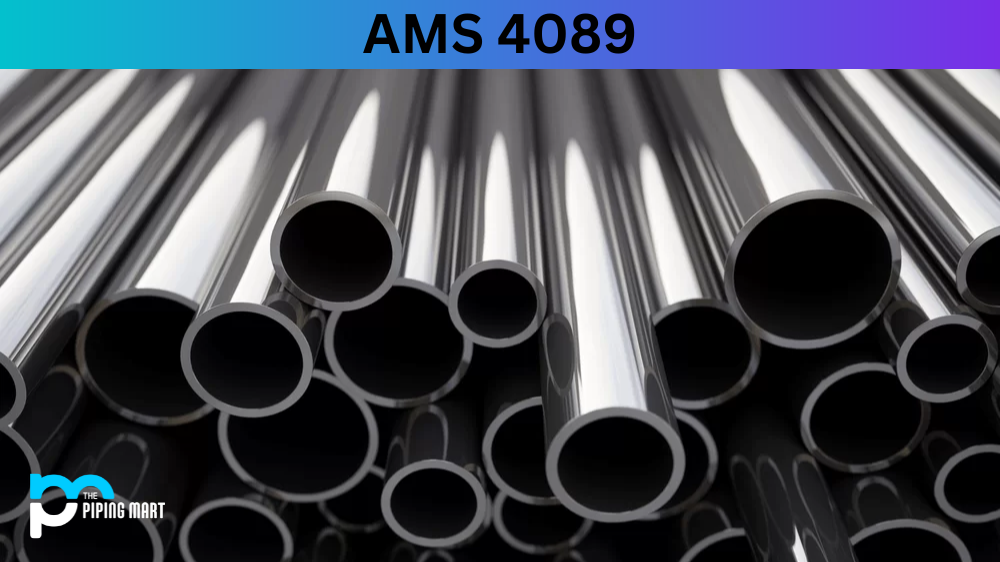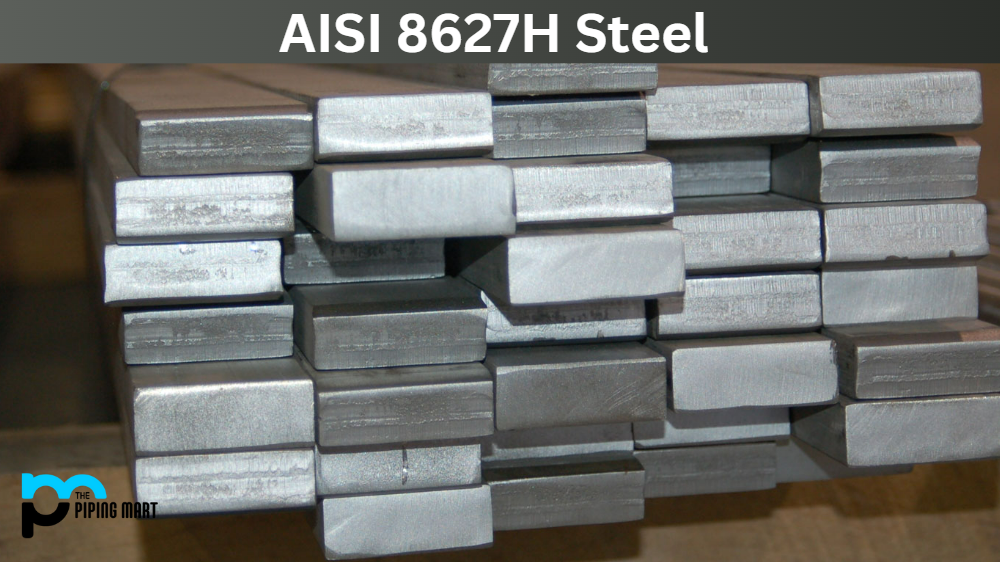Qt-100 steel is a high-strength, low-alloy (HSLA) steel that has become increasingly popular. Its unique combination of strength, durability, and weldability has made it a preferred choice for engineers and architects. In this blog post, we will look in-depth at the composition, mechanical and physical properties of qt-100 steel, its various uses, corrosion resistance, heat treatment, machining and welding.
QT-100 Steel Composition
Qt-100 steel comprises iron, carbon, manganese, silicon and other trace elements. The carbon content in qt-100 steel is moderate, ranging between 0.07-0.13%, responsible for its high strength and low ductility. In a proportionate ratio, the manganese and silicon contents contribute to the steel’s ability to resist deformation and cracking.
QT-100 Steel Mechanical Properties
The mechanical properties of qt-100 steel are critical in determining its strength and durability. It has a tensile strength of up to 100,000 psi and can withstand a yield strength of 100,000 psi, meaning it can withstand heavy load-bearing applications and resist deformation. Its high elongation (up to 20%) helps it resist impact loads and absorb any shock or vibrations.
QT-100 Steel Physical Properties
Qt-100 steel is known for its excellent weldability and machinability. Its density ranges from 7.85-7.87g/cm3, similar to other high-strength low-alloy steels. It has a melting point of 1425-1515°C and a thermal conductivity of 46.6 W/m*K.
QT-100 Steel Uses
Qt-100 steel finds application in various industries, such as construction, transportation, and machinery. In construction, it is used to fabricate bridges, buildings, and other load-bearing structures. It also manufactures heavy-duty transportation vehicles such as trains and trailers. In machinery, it fabricates mechanical parts used in the manufacturing industry.
QT-100 Steel Corrosion Resistance
Qt-100 steel has exceptional corrosion resistance. It contains high levels of chromium, which forms a protective oxide layer on its surface, preventing rust and corrosion. The presence of trace elements such as nickel and copper also contributes to its exceptional resistance to oxidation.
QT-100 Steel Heat Treatment
Qt-100 steel can be heat-treated to improve its mechanical properties. The recommended temperature range for heat treatment ranges between 885-955 °C and is followed by rapid cooling to achieve its desired strength and toughness.
QT-100 Steel Machining
Qt-100 steel can be machined easily using standard manufacturing processes such as drilling and turning. However, due to its high strength and low ductility, it is essential to maintain optimal cutting speeds to avoid work hardening, which can result in cracks and breakages.
QT-100 Steel Welding
Qt-100 steel is easily weldable using standard welding techniques such as stick welding and MIG welding. However, preheating the steel and maintaining the correct inter-pass temperature is essential to avoid cracking and ensure the weld is solid and durable.
Conclusion
Qt-100 steel is a versatile, high-strength low-alloy steel with exceptional mechanical, physical, and corrosion-resistant properties, making it a preferred choice for various industries. Its unique composition and heat-treatable properties make it easy to fabricate and machine, while its weldability characteristics make it a reliable option for welding applications. Understanding the properties and uses of Qt-100 steel is critical for any manufacturing or construction industry, as it plays a crucial role in ensuring the safety and durability of load-bearing structures and heavy-duty machinery.
Sakshee is a talented blogger, with a particular focus on the Business and Metal Industry. She is passionate about sharing her insights on various metal products and helping professionals to make a better decisions.




